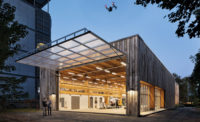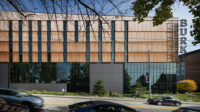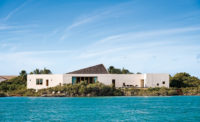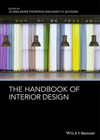Underground Galleries of the Royal Granary of Carlos IV by Estudio Pablo Millán
Porcuna, Spain

Photo © Javier Callejas Sevilla
Architects & Firms
In the village of Porcuna, just east of Córdoba, a previously inaccessible underground level of the late 18th-century Town Hall building is now open to the public. Originally, when the neoclassical stone structure functioned as a granary, the 4,500-square-foot subterranean space provided ventilation for a wheat-storage level below. To transform the dark, low-ceilinged area into circulation and galleries that will house displays for the Archaeological Museum of Porcuna (which occupies two rooms in the building above), local architect Pablo Millán dug down, reinforced the foundation with concrete retaining walls, and integrated Roman-era artifacts, uncovered during the excavation process, into the new design. A raised marble floor, dramatically lit along its perimeter, guides movement through vaulted corridors, allowing visitors, says Millán, to “search for space among ruins.”






